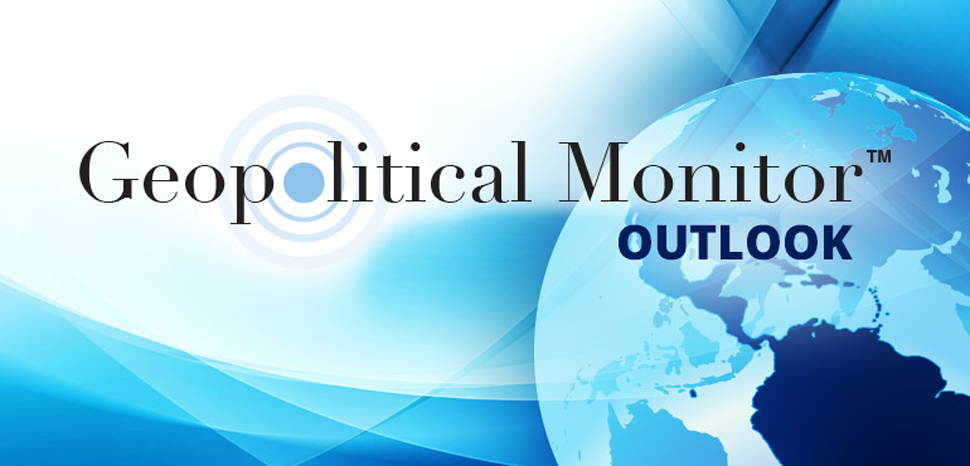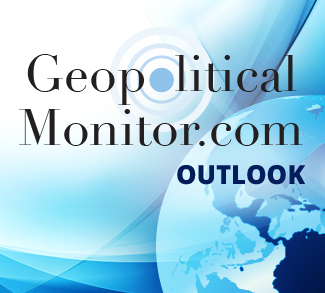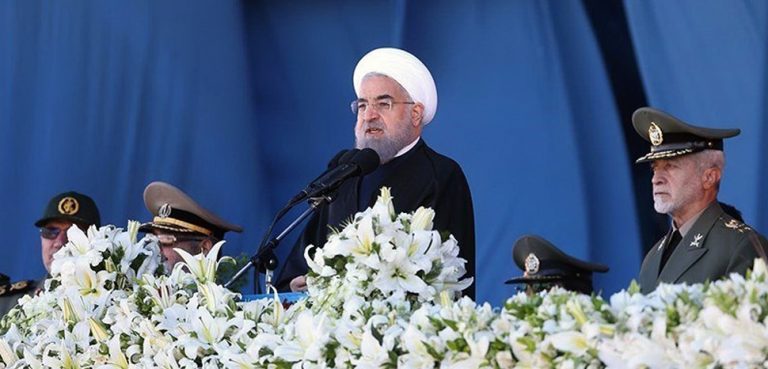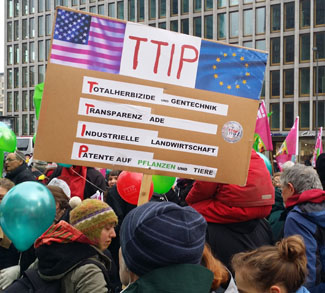Iran
Iran began 2018 with a series of protests and riots across the country, as ordinary Iranians took to the streets to protest deteriorating living conditions. Iran’s economy is predicted to grow at 4 percent this year, but inflation remains stuck at 9 percent, and working class Iranians are being hit in their pocket book by the declining value of the Iranian rial. Since sanctions were lifted, the prospects for Iran’s economy and state revenues have been clouded by tensions with the United States, a trend that will only intensify in 2018. International banks with exposure to the U.S. are reluctant to finance deals involving Iran so long as the Trump administration remains hostile to the Islamic Republic. As a result, the expected gains from the Iran nuclear deal beyond the oil sector have not yet materialized, and probably won’t throughout the course of this year.
According to the IMF, Iran’s economy grew just 3.5 percent last year, disappointing many supporters of reformist President Hassan Rouhani, who had hoped living standards would rise as a result of the nuclear deal with the United States. These persistent fiscal restraints have forced the Rouhani administration to propose a conservative budget of $104 billion for 2018, up about 6 percent from the budget plan for 2017, but with inflation running at 10 percent, state spending will fall in real terms in 2018. The economy of Iran is a mixed and transitioning economy with a large public sector and a high degree of central planning, meaning that this budget will inevitably increase social tensions between the working classes who are currently demonstrating and the well-connected clerics and Republican Guards who control a range of foundations and businesses benefiting from government subsidies.
President Rouhani released the figures on government support for these recently in an attempt to increase economic transparency. Meanwhile, 840,000 people are expected to enter the Iranian job market in 2018; the juxtaposition between young Iranians’ rising expectations and weak growth and high inflation points to a tumultuous year ahead for Iran’s state-dominated economy.




